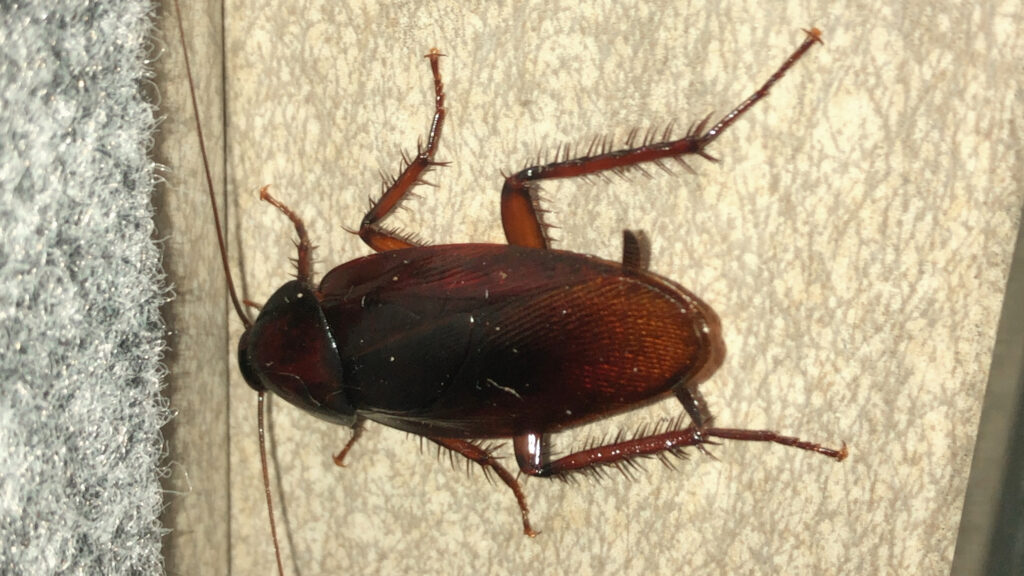In the hypothetical realm of “would you rather” questions, few spark such visceral reactions as choosing between becoming two of nature’s most resilient yet reviled creatures: the cockroach or the mosquito. While most of us would quickly decline either option in real life, examining these remarkable survivors from an evolutionary and biological perspective reveals fascinating insights about adaptation, resilience, and survival strategies. Both insects have thrived for millions of years through countless environmental changes and human attempts at eradication. This survival showdown explores the advantages and disadvantages of each creature’s biology, lifestyle, and evolutionary adaptations to determine which might offer the better existence from a purely survival-based perspective.
The Evolutionary Success Stories

Cockroaches and mosquitoes represent two of the most successful evolutionary journeys on our planet, with histories stretching back hundreds of millions of years. Cockroaches have existed for approximately 320 million years, predating dinosaurs and surviving multiple mass extinction events that wiped out countless other species. Mosquitoes, while younger in evolutionary terms at roughly 200 million years old, have diversified into over 3,500 species spread across every continent except Antarctica. Both insects have demonstrated remarkable adaptability to changing environments, from prehistoric jungles to modern urban landscapes. Their continued abundance despite human efforts to eliminate them testifies to their evolutionary fitness and survival capabilities that few other creatures can match.
Cockroach Superpowers: Radiation Resistance
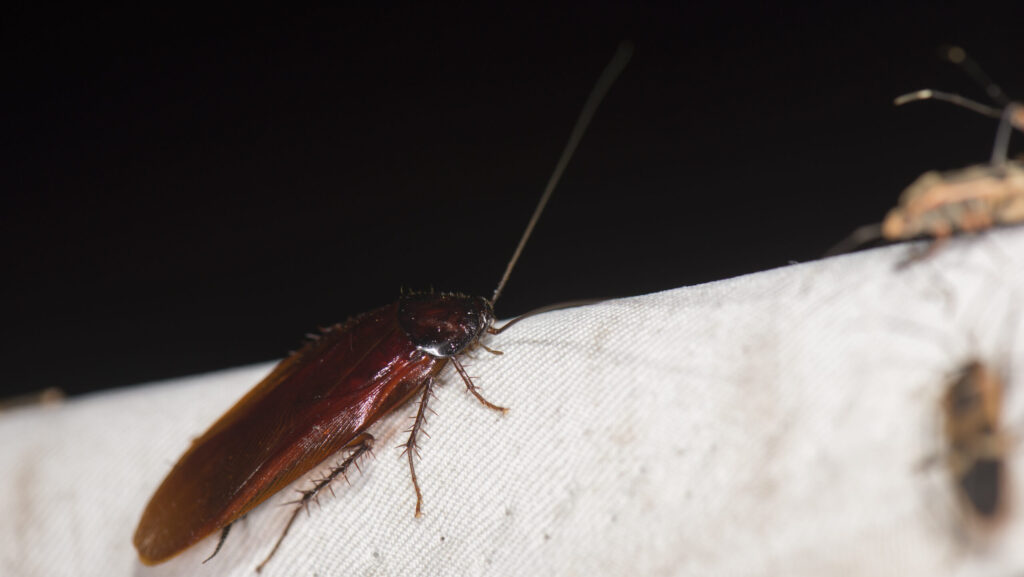
One of the cockroach’s most famous survival traits is its legendary resistance to radiation, which vastly exceeds human tolerance. While a dose of 5-10 Gy (gray) would be lethal to humans, many cockroach species can withstand radiation doses up to 100 times higher. This remarkable ability stems from their slower cell division cycles – cockroach cells divide only when they’re molting, making them less vulnerable to radiation damage compared to constantly-dividing human cells. Their radiation resistance has spawned the popular myth that cockroaches would be the only survivors of a nuclear apocalypse. While this is an exaggeration, their radiation tolerance would indeed give them a significant advantage in post-nuclear environments compared to most other animals, including humans.
Mosquito Adaptability: Breeding Versatility
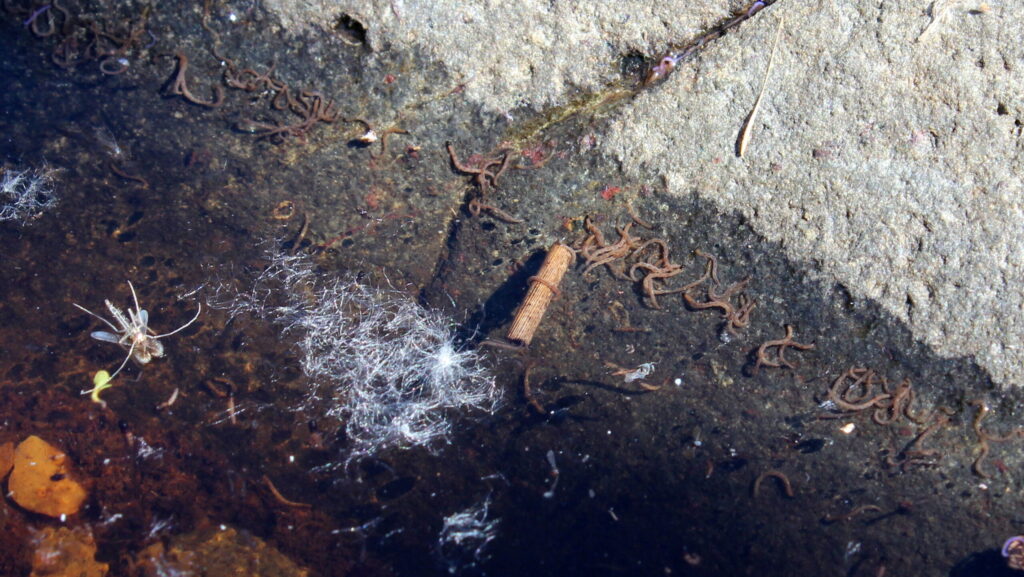
Mosquitoes exhibit extraordinary breeding versatility that contributes significantly to their ubiquitous presence across diverse environments. Female mosquitoes can lay eggs in water volumes as minimal as a bottle cap, making practically any collection of standing water a potential nursery. Different mosquito species have evolved specialized breeding preferences, from clean water sources to stagnant pools, tree holes, plant axils, and even sewage-contaminated water. This adaptability allows mosquitoes to reproduce successfully in almost any environment with minimal moisture, from rainforests to urban centers and desert oases. Their rapid life cycle—potentially completing development from egg to adult in as little as one week under optimal conditions—enables mosquito populations to explode quickly when conditions are favorable, demonstrating remarkable reproductive efficiency.
Physical Resilience: The Cockroach Advantage
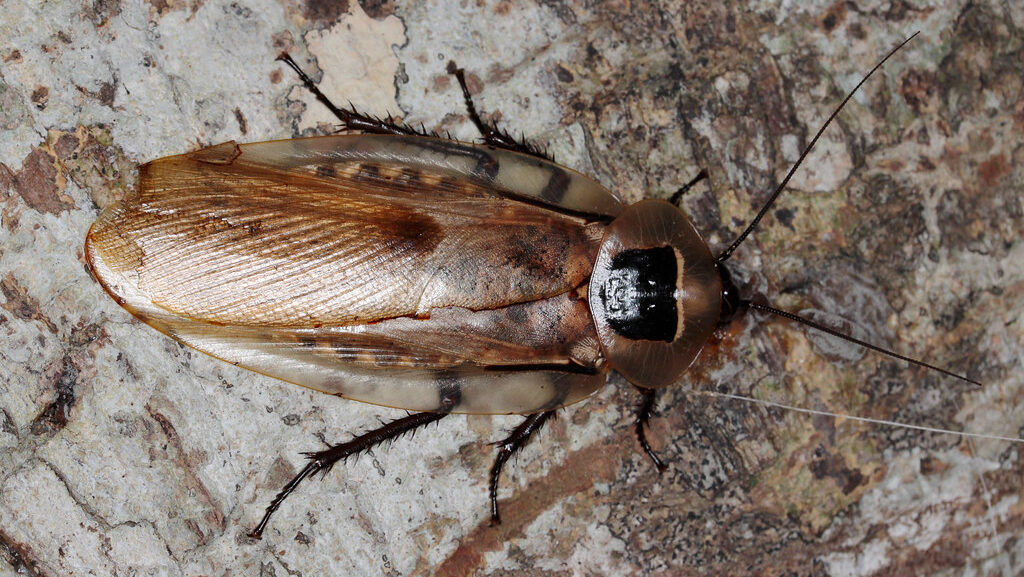
The physical resilience of cockroaches gives them a significant edge in survival capabilities. Their flattened bodies allow them to squeeze through cracks as thin as a dime, accessing spaces inaccessible to predators and providing countless hiding opportunities. Perhaps most impressively, cockroaches can survive decapitation and continue living for weeks without their heads, eventually dying only from dehydration since they can no longer drink. This is possible because cockroaches breathe through spiracles on their body segments and have an open circulatory system, with no requirement for brain control over these basic functions. Additionally, cockroaches can survive submerged underwater for up to 30 minutes, withstand freezing temperatures through a form of insect cryoprotection, and live without food for a month or more—making them among the most physically resilient creatures on Earth.
Mosquito Stealth: The Art of Undetected Feeding

Mosquitoes have evolved remarkable stealth capabilities that allow them to feed on hosts often without detection until after the damage is done. Female mosquitoes (the only ones that bite) inject a sophisticated cocktail of anticoagulants and anesthetic compounds that prevent blood clotting while simultaneously numbing the bite area, often making their feeding activities imperceptible to their hosts. Their proboscis—the specialized mouthpart used for feeding—contains six needle-like structures that work in concert to pierce skin and locate blood vessels with astonishing precision. Most impressively, mosquitoes possess heat-sensing capabilities that allow them to detect warm-blooded hosts from distances up to 50 meters away, guiding them toward potential meals with remarkable accuracy. This combination of host-detection, painless feeding, and quick escape makes mosquitoes exceptionally successful parasites despite their fragile physical structure.
Diet Versatility: Cockroaches Win

Cockroaches display an almost unmatched dietary versatility that significantly contributes to their survival success across diverse environments. These adaptable insects are true omnivores that can consume virtually anything organic—from traditional food sources to materials most creatures find indigestible, including glue, soap, paper, hair, and even electrical wiring insulation. Their digestive systems harbor specialized bacteria that allow them to extract nutrients from cellulose and other complex materials, enabling them to survive in environments with minimal conventional food sources. Perhaps most remarkably, cockroaches can survive up to a month without food, and in dire circumstances, can even digest their own shed exoskeletons for sustenance. This extraordinary dietary flexibility means cockroaches can thrive in environments ranging from food-rich kitchens to seemingly barren urban spaces, giving them a significant survival advantage over the more specialized feeding requirements of mosquitoes.
Reproductive Strategies: Different Approaches
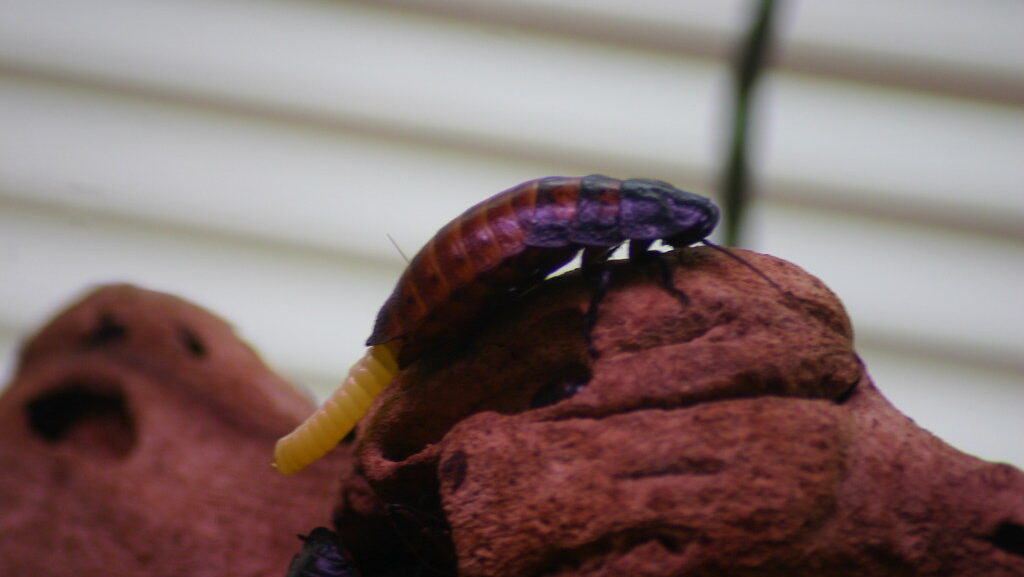
The reproductive strategies of cockroaches and mosquitoes represent contrasting but equally effective approaches to species perpetuation. Cockroaches employ a quality-over-quantity approach, with females producing protective egg cases called oothecae that contain up to 50 eggs and provide physical protection until hatching. Some cockroach species, like the German cockroach, display a form of live birth where females carry the ootheca until just before the eggs hatch, increasing offspring survival rates. Mosquitoes, conversely, follow a quantity-based strategy, with females potentially laying hundreds of eggs directly in water after each blood meal, allowing for rapid population growth when conditions are favorable. While cockroach reproduction yields fewer but more developed offspring with higher individual survival rates, mosquitoes compensate with sheer reproductive volume, ensuring population survival despite high mortality rates among eggs and larvae.
Lifespan and Mortality: The Long Game
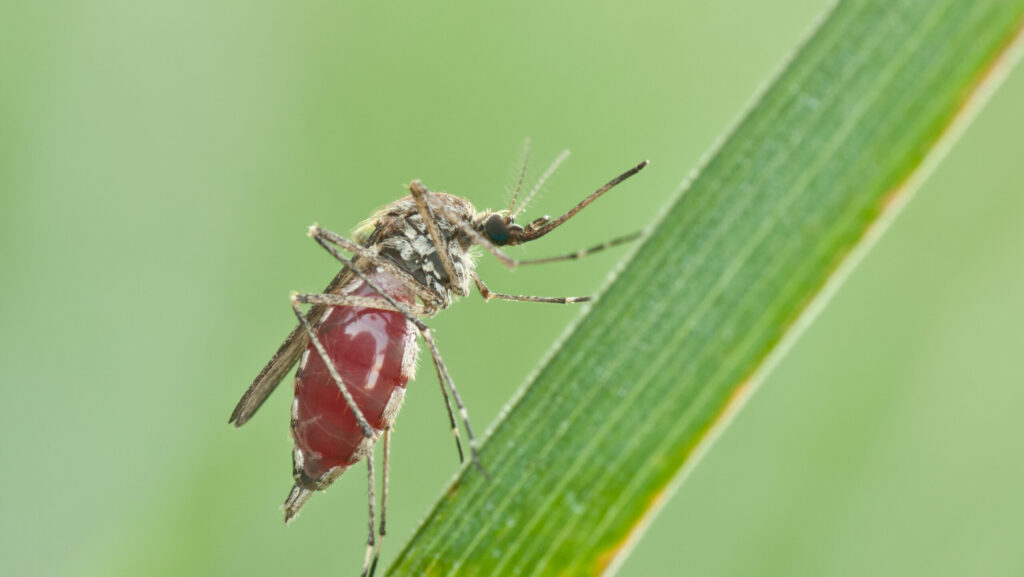
The lifespan disparity between cockroaches and mosquitoes represents one of the most significant differences in their survival strategies. Cockroaches are relative marathoners in the insect world, with most species living between one and two years, and some species potentially surviving up to four years under optimal conditions. This extended lifespan allows individual cockroaches to reproduce multiple times, potentially producing hundreds of offspring over their lifetime. Mosquitoes, in stark contrast, typically live only two to three weeks in the wild (though some species can survive several months), representing a sprinter’s approach to existence. Female mosquitoes compensate for this brevity by front-loading their reproductive efforts, often laying eggs multiple times during their short lives. This fundamental difference means that as a cockroach, you would experience a much longer individual existence, while as a mosquito, your genetic legacy would depend on rapid reproduction within an extremely compressed timeframe.
Predator Evasion Tactics
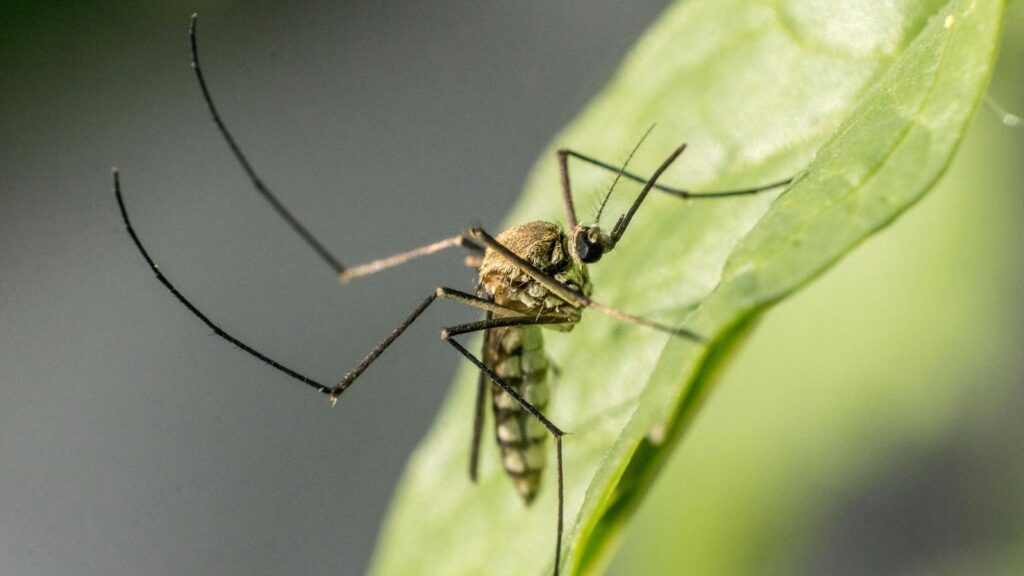
Both insects have evolved sophisticated but markedly different predator evasion tactics that enhance their survival prospects. Cockroaches possess some of the fastest reflexes in the animal kingdom, with specialized cerci (posterior sensory appendages) that detect minute air movements, allowing them to respond to threats in as little as 1/20th of a second—often before a predator’s attack is fully initiated. Their burst speed can reach up to 3.4 miles per hour, making them proportionally among the fastest terrestrial animals relative to size. Mosquitoes rely more on stealth and their aerial abilities, using erratic flight patterns that make them difficult to track and swat. Their ability to detect carbon dioxide from up to 100 feet away allows them to sense approaching large animals (potential predators) and alter their behavior accordingly. While cockroaches primarily evade through detection and escape, mosquitoes combine stealth approaches with rapid retreats, highlighting different but equally effective survival strategies.
Human Interaction and Persecution

The relationship between these insects and humans significantly impacts their survival prospects, with both facing relentless persecution but for different reasons. Cockroaches suffer primarily from aesthetic and sanitation concerns, with humans deploying an arsenal of traps, baits, sprays, and professional extermination services to eliminate them from dwellings. Mosquitoes face even more determined eradication efforts due to their role as disease vectors, with global campaigns using insecticides, habitat modification, biological controls, and even genetic modification approaches to reduce their populations. The World Health Organization alone supports mosquito control programs in over 100 countries, making mosquitoes the target of arguably the most extensive and well-funded pest eradication efforts in human history. This intense human opposition represents perhaps the greatest survival challenge for both insects, though their continued abundance despite these efforts testifies to their remarkable adaptability.
Disease Transmission: A Mosquito’s Burden
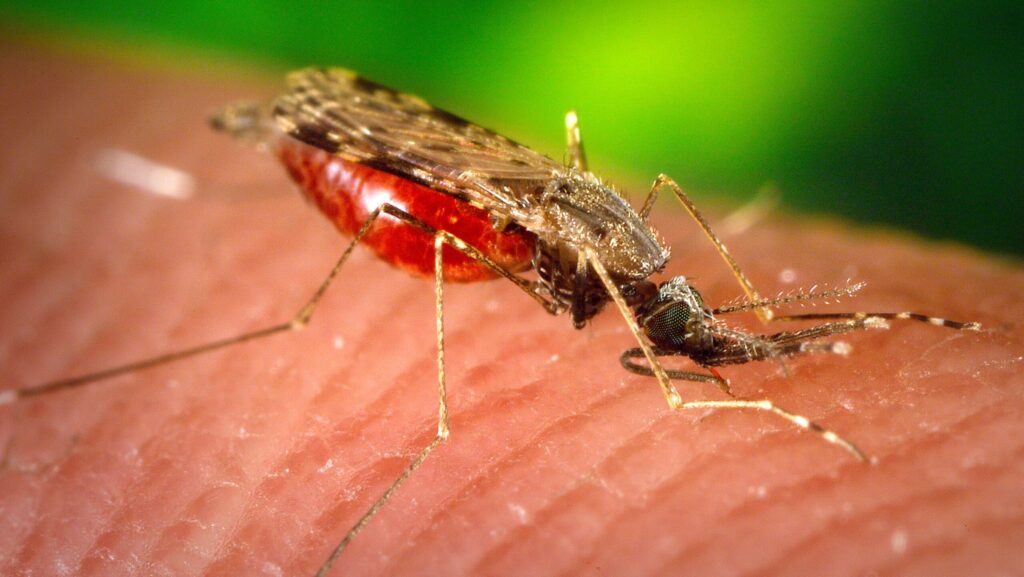
The role of mosquitoes as disease vectors represents both a survival advantage and a significant burden that dramatically shapes their relationship with humans. Female mosquitoes can transmit devastating pathogens including malaria, dengue, Zika, West Nile, yellow fever, and various encephalitis viruses while feeding on blood, collectively making them responsible for more human deaths than any other animal on Earth—estimated at over 700,000 annually. This disease transmission capability provides mosquitoes with an evolutionary advantage by weakening potential predators and competitors, but simultaneously makes them the target of sophisticated eradication campaigns worldwide. Cockroaches, while capable of passively carrying bacteria like Salmonella and E. coli on their bodies, aren’t biological vectors in the same sense as mosquitoes, and consequently face less coordinated elimination efforts. The mosquito’s role as a disease vector thus represents a double-edged survival sword—providing ecological advantages while simultaneously intensifying human efforts to eliminate them.
Environmental Adaptability: Climate Change Resilience

As climate change transforms global environments, both cockroaches and mosquitoes demonstrate remarkable adaptability that positions them to thrive amid conditions that threaten countless other species. Cockroaches show exceptional temperature tolerance, with different species collectively able to survive in environments ranging from near-freezing to well over 100°F (38°C). Their ability to withstand dehydration and find microhabitats with suitable humidity further enhances their climate resilience. Mosquitoes are already expanding their ranges into previously inhospitable regions as warming temperatures create newly suitable habitats, with disease-carrying species like Aedes aegypti moving into higher elevations and latitudes previously too cold for their survival. Both insects possess rapid reproductive cycles that allow for accelerated natural selection and adaptation to changing conditions, with mosquitoes potentially producing more than 20 generations per year in tropical regions. This reproductive speed facilitates rapid genetic adaptation to environmental changes, pesticide exposure, and other challenges, suggesting both insects will likely remain abundant even as climate change intensifies.
The Survival Verdict: Which Would You Choose?
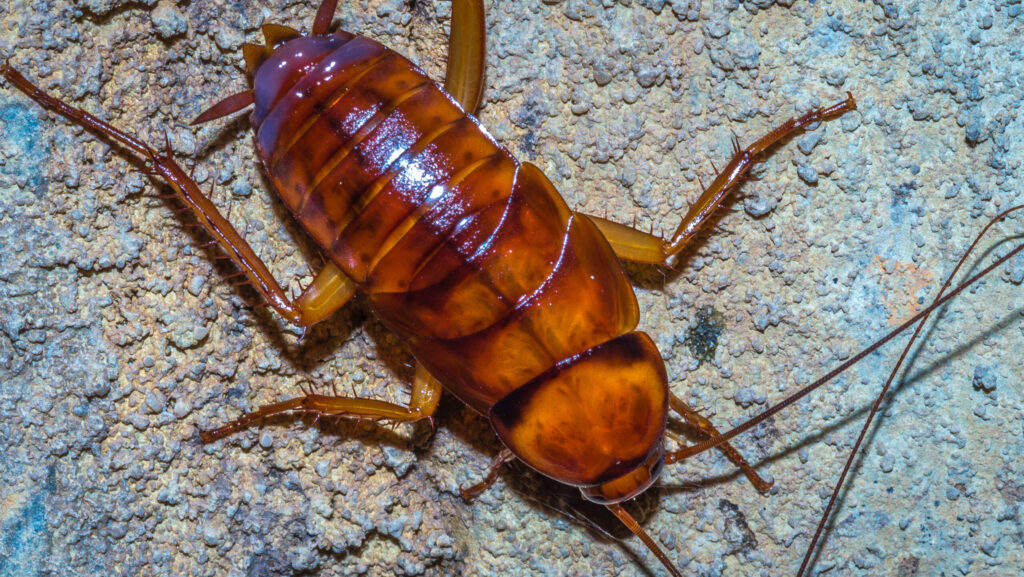
When evaluating purely from a survival perspective, cockroaches emerge as the superior choice for individual longevity and resilience. Their remarkable physical durability, radiation resistance, dietary flexibility, and significantly longer lifespan provide advantages that mosquitoes simply cannot match. A cockroach’s existence offers years rather than weeks of life, greater physical robustness against environmental threats, and unparalleled ability to withstand conditions that would eliminate most other creatures. Mosquitoes compensate through sheer reproductive volume and their flying capabilities but remain individually more vulnerable to environmental challenges and control measures. While mosquitoes currently maintain larger global populations through their reproductive strategy, individual mosquitoes live brief, high-risk lives constantly threatened by predation, environmental factors, and increasingly sophisticated human countermeasures. For individual survival prospects, the cockroach’s remarkable physical resilience and adaptability make it the clear winner in this unusual biological showdown.
Conclusion
In this survival-based comparison between two of nature’s most successful yet maligned creatures, we’ve explored the remarkable adaptations that have allowed both cockroaches and mosquitoes to thrive for millions of years. While mosquitoes excel through reproductive volume, stealth feeding, and aerial mobility, cockroaches demonstrate superior individual resilience through their legendary physical durability, radiation resistance, and dietary flexibility. From an evolutionary perspective, both represent extraordinary success stories that will likely continue regardless of changing environmental conditions or human intervention efforts. If forced to choose based solely on survival prospects, the cockroach offers the more durable existence—a testament to why these creatures have persisted virtually unchanged since the time of dinosaurs and will likely continue long after many currently dominant species have disappeared.

